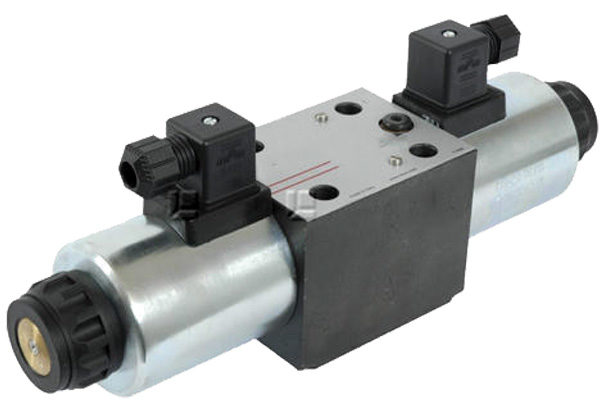flange globe valve
Understanding Flange Globe Valves A Critical Component in Fluid Control
In the realm of fluid control systems, valves are crucial components that manage the flow of liquids and gases in various industrial applications. Among the multitude of valve types available, the flange globe valve stands out for its distinctive design and functionality. This article delves into the characteristics, advantages, applications, and maintenance of flange globe valves, providing a comprehensive overview for engineers and industry practitioners.
What is a Flange Globe Valve?
A flange globe valve is a type of valve that uses a spherical body with an internal baffle, designed primarily to regulate flow through a piping system. The flange in its name refers to the flanged connections at both ends, which allow for easy installation and disassembly. The body of the valve is typically made from robust materials such as stainless steel, cast iron, or bronze, ensuring durability and resistance to various environmental conditions.
The operation of a flange globe valve is straightforward; it features a movable disc that can be raised or lowered to open or close the flow path. The valve design allows for precise control of flow rates, making it ideal for applications where regulation is essential.
Advantages of Flange Globe Valves
1. Flow Control One of the primary advantages of the flange globe valve is its ability to precisely control the flow of fluid. This feature makes it ideal for processes requiring specific flow rates.
2. Durability Constructed from high-quality materials, flange globe valves are designed to withstand high pressures and temperatures. This durability extends the lifespan of the valves in demanding applications.
3. Versatility Flange globe valves can be used in various applications, including water supply systems, chemical processing, and HVAC systems. Their versatility makes them a popular choice across different industries.
4. Ease of Maintenance The flanged design allows for easy installation and maintenance. If a valve component needs replacement or servicing, the flanges provide straightforward access, minimizing downtime.
5. Leakage Prevention The design of the globe valve minimizes the chances of leakage. The tight seal created by the disc and seat configuration helps to prevent unwanted fluid escape, which is critical in sensitive or hazardous applications.
Applications of Flange Globe Valves
Flange globe valves are widely utilized across multiple sectors. Some common applications include
flange globe valve

- Water and Wastewater Treatment In water treatment plants, these valves assist in controlling water flow and ensuring effective treatment processes. - Chemical Processing The ability to handle corrosive substances makes flange globe valves ideal for the chemical industry, where they are used to regulate the flow of various chemicals.
- Oil and Gas In the oil and gas sector, these valves are employed in pipelines and refineries to control the flow of crude oil and natural gas, ensuring safety and efficiency.
- Power Generation Flange globe valves are utilized in power plants to regulate the flow of steam and water in turbine systems, contributing to efficient power generation.
Maintenance of Flange Globe Valves
To ensure optimal performance and longevity of flange globe valves, regular maintenance is crucial. Here are some key maintenance tips
1. Routine Inspections Regularly inspect the valve for signs of wear, corrosion, or leaks. Early detection of issues can prevent costly repairs.
2. Cleaning Periodically clean the valve to remove any debris or buildup that could hinder performance. This maintenance practice contributes to smooth operation and reliability.
3. Lubrication Ensure that moving parts, such as the stem and packing, are adequately lubricated to facilitate smooth operation and prevent excessive wear.
4. Testing Conduct pressure tests to ensure that the valve maintains integrity under operating conditions. This practice is crucial for safety in high-pressure applications.
5. Replace Worn Parts If any components are found to be worn or damaged during inspections, replace them promptly to maintain the valve's functionality.
Conclusion
Flange globe valves are essential components in fluid control systems, offering unparalleled control and reliability across various applications. Their design features, advantages, and ease of maintenance contribute to their popularity in numerous industries. Understanding the functionality and benefits of flange globe valves is vital for professionals seeking to optimize their fluid control systems. As industries continue to evolve, the role of these valves will remain integral, paving the way for effective and efficient fluid management solutions.
-
The Key to Fluid Control: Exploring the Advantages of Ball Valves in Industrial SystemsNewsJul.09,2025
-
The Versatile World of 1, 2, and 3 Piece Ball ValvesNewsJul.09,2025
-
Stainless Steel Ball Valves: The Ideal Choice for Efficient Flow ControlNewsJul.09,2025
-
Optimizing Fluid Control with Ball Float ValvesNewsJul.09,2025
-
Manual Gate Valves: Essential for Control and EfficiencyNewsJul.09,2025
-
Everything You Need to Know About Butterfly ValvesNewsJul.09,2025
-
The Versatility of Wafer Type Butterfly ValvesNewsJul.08,2025




